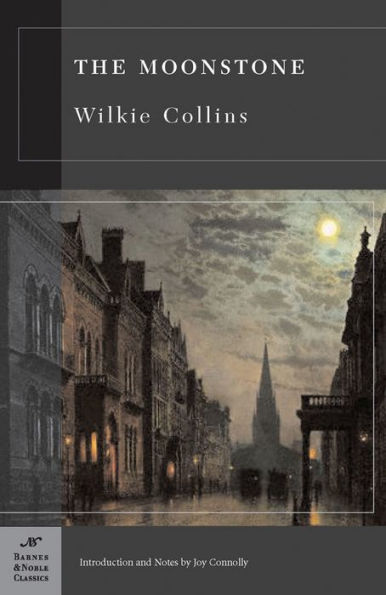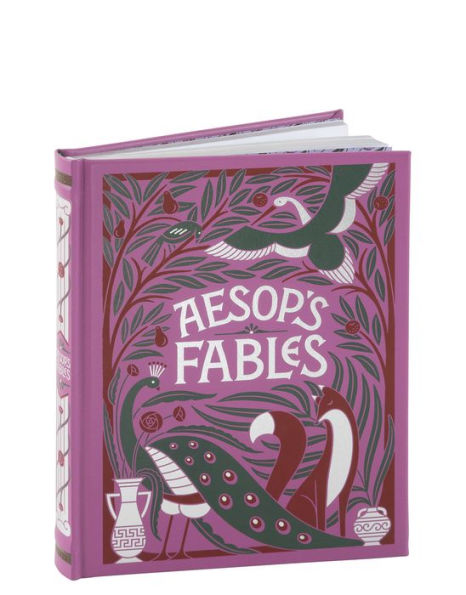Home
Live/Shapeshifter
Barnes and Noble
Live/Shapeshifter
Current price: $22.99
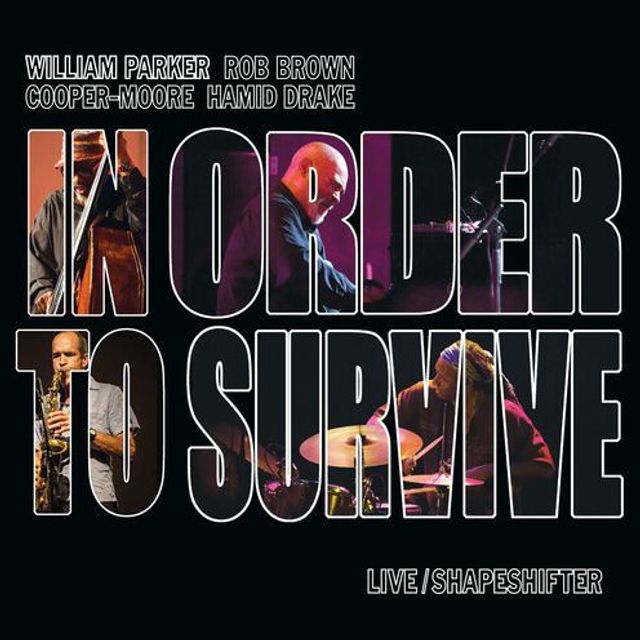

Barnes and Noble
Live/Shapeshifter
Current price: $22.99
Size: OS
Loading Inventory...
*Product information may vary - to confirm product availability, pricing, shipping and return information please contact Barnes and Noble
William Parker
founded
In Order to Survive
, his first functioning small group, in 1993. Apart from the drum chair -- held alternately by
Denis Charles
and
Susie Ibarra
before
Hamid Drake
came aboard in the 21st century -- the membership has included saxophonist
Rob Brown
, pianist
Cooper-Moore
. They released three acclaimed albums during the 1990s including the studio offering
Compassion Seizes Bed-Stuy
, and live albums
The Peach Orchard
Posium Pendasem
, before going on hiatus until 2012 when they reconvened at the Vision Festival. The music they performed was included on
Parker
's
Wood Flute Songs
box set. In October 2016, they entered the studio for the first time since 1995, emerging with half of the exquisite double-set
Meditation/Resurrection
, issued in 2017. Subsequently two nights were booked at ShapeShifter Lab in Brooklyn to celebrate.
Live/Shapeshifter
presents the entirety of the music played on night two.
The first disc is comprised of the 50-plus-minute "Eternal Is the Voice of Love" suite in five movements. The music is beautifully structured, built around
's love of Japanese and Chinese folk music, Native American songs,
Mingus
, and of course, modernist avant-jazz. The 20-minute "Part I: Entrance to the Tone World" finds
Drake
rumbling on his tom-toms with
's piano offering speculative, nearly classical phrases and accents.
Brown
moves between bluesy phasing and drones. "Part I" unfolds holistically as improvisation and composed sections are played simultaneously. As it unfolds, alternating sections of groove, post-bop blues, modal improvisation, and angular swing all move to the fore. "Part III: If Ever There Is a Chance" walks a tightrope between
's balladic classicism,
's pizzicato lyricism, and
's cymbal flourishes and haunted wood flute. After a glorious modal intro by the pianist, "Part IV: A Situation" becomes an explosive interplay of ideas, with
's lyricism playing counter to the pianist's jumping chord voicings.
The second set/disc, commences with
offering a melody simultaneously worthy of
Ornette Coleman
Paul Desmond
, as the pianist comps on a set of dark, angular chords,
rolls and fills on the snare and
punctuates phrases, underscoring each line as it develops while guiding the piece forward. Scripted concepts and free playing alternate in its architecture. "Newark" composed for former member
Grachan Moncur III
, is introduced by a bass fugue, followed by percussion, sax, and finally, piano on a halved beat. Its thematic opening section diverges into call and response and becomes meditative at its nadir, with the piano languidly guiding
's bass. "In Order to Survive" is the band's go-to masterpiece; it's played with fervor and joy. The quartet's members alternate, leading and following with angular interruptions that surprise throughout.
is not only a welcome addition to
's shelf, but a powerful document that reveals the intimate knowledge these players have of each other; they don't have to listen too closely to one another in order to respond or move the conversation deeper and wider -- respect, acumen, and emotion accomplish that. ~ Thom Jurek
founded
In Order to Survive
, his first functioning small group, in 1993. Apart from the drum chair -- held alternately by
Denis Charles
and
Susie Ibarra
before
Hamid Drake
came aboard in the 21st century -- the membership has included saxophonist
Rob Brown
, pianist
Cooper-Moore
. They released three acclaimed albums during the 1990s including the studio offering
Compassion Seizes Bed-Stuy
, and live albums
The Peach Orchard
Posium Pendasem
, before going on hiatus until 2012 when they reconvened at the Vision Festival. The music they performed was included on
Parker
's
Wood Flute Songs
box set. In October 2016, they entered the studio for the first time since 1995, emerging with half of the exquisite double-set
Meditation/Resurrection
, issued in 2017. Subsequently two nights were booked at ShapeShifter Lab in Brooklyn to celebrate.
Live/Shapeshifter
presents the entirety of the music played on night two.
The first disc is comprised of the 50-plus-minute "Eternal Is the Voice of Love" suite in five movements. The music is beautifully structured, built around
's love of Japanese and Chinese folk music, Native American songs,
Mingus
, and of course, modernist avant-jazz. The 20-minute "Part I: Entrance to the Tone World" finds
Drake
rumbling on his tom-toms with
's piano offering speculative, nearly classical phrases and accents.
Brown
moves between bluesy phasing and drones. "Part I" unfolds holistically as improvisation and composed sections are played simultaneously. As it unfolds, alternating sections of groove, post-bop blues, modal improvisation, and angular swing all move to the fore. "Part III: If Ever There Is a Chance" walks a tightrope between
's balladic classicism,
's pizzicato lyricism, and
's cymbal flourishes and haunted wood flute. After a glorious modal intro by the pianist, "Part IV: A Situation" becomes an explosive interplay of ideas, with
's lyricism playing counter to the pianist's jumping chord voicings.
The second set/disc, commences with
offering a melody simultaneously worthy of
Ornette Coleman
Paul Desmond
, as the pianist comps on a set of dark, angular chords,
rolls and fills on the snare and
punctuates phrases, underscoring each line as it develops while guiding the piece forward. Scripted concepts and free playing alternate in its architecture. "Newark" composed for former member
Grachan Moncur III
, is introduced by a bass fugue, followed by percussion, sax, and finally, piano on a halved beat. Its thematic opening section diverges into call and response and becomes meditative at its nadir, with the piano languidly guiding
's bass. "In Order to Survive" is the band's go-to masterpiece; it's played with fervor and joy. The quartet's members alternate, leading and following with angular interruptions that surprise throughout.
is not only a welcome addition to
's shelf, but a powerful document that reveals the intimate knowledge these players have of each other; they don't have to listen too closely to one another in order to respond or move the conversation deeper and wider -- respect, acumen, and emotion accomplish that. ~ Thom Jurek

![Wonderland [Barnes & Noble Exclusive]](https://prodimage.images-bn.com/pimages/0602557155105_p0_v3_s600x595.jpg)
![Shadowland [Barnes & Noble Exclusive]](https://prodimage.images-bn.com/pimages/0093624920434_p0_v2_s600x595.jpg)
![Hopeful Romantic [Barnes & Noble Exclusive]](https://prodimage.images-bn.com/pimages/0635961090922_p0_v1_s600x595.jpg)
![Classical 2009 [Barnes & Noble Exclusive]](https://prodimage.images-bn.com/pimages/5099921744822_p0_v1_s600x595.jpg)
![Now Playing [Barnes & Noble Exclusive]](https://prodimage.images-bn.com/pimages/0081227818357_p0_v1_s600x595.jpg)
![Something Beautiful [Barnes & Noble Exclusive]](https://prodimage.images-bn.com/pimages/0602547944702_p0_v1_s600x595.jpg)
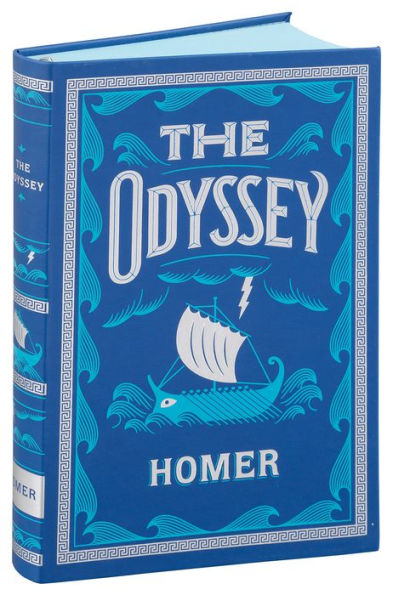
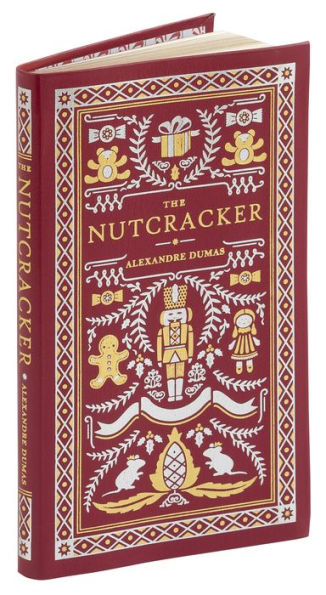
![The Philosophy Tree [Barnes & Noble Exclusive]](https://prodimage.images-bn.com/pimages/0853793001002_p0_v1_s600x595.jpg)
